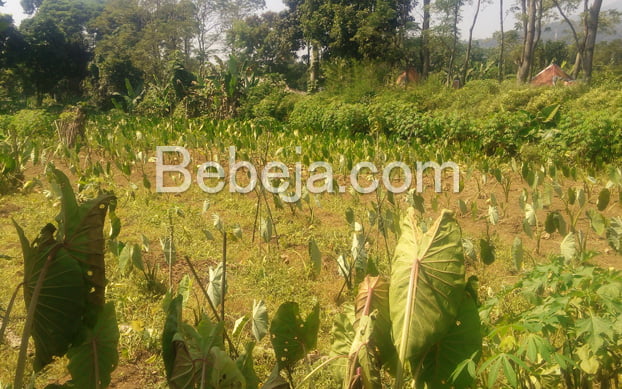Taro is grown in a variety of places from Pandenglang (Banten), Bantaeng and Pinrang (South Sulawesi), including Cianjur and Bogor (West Java). In different regions, planters grow 8-10 different varieties of taro. The taro harvest is largely absorbed by the food industry. Taro is transformed into a variety of cakes and even nutritious drinks.
Planting taro is a relatively straightforward process. Here are the general steps to plant taro. First, choose a location with well-drained soil that is consistently moist. Taro grows best in areas with partial to full sun. Taro prefers slightly acidic to neutral soil with good organic matter. Work the soil to a depth of about 6 inches and add compost or well-rotted manure to improve fertility.
Further, taro is typically propagated from corms, which are the swollen underground stems. Obtain healthy taro corms from a nursery or a reliable source. Plant the corms about 2-3 inches deep in rows or mounds, spacing them 12-18 inches apart. Make sure the top of the corm is facing upwards.
Next, keep the soil consistently moist, as taro plants require a lot of water. Ensure the soil is never allowed to dry out. Fertilize the plants with a balanced, slow-release fertilizer during the growing season. Keep the area around the taro plants free from weeds, as they can compete for nutrients and water.
Taro is usually harvested when the leaves start to turn yellow and die down. You can dig up the corms and remove them from the ground. Store harvested taro corms in a cool, dry place for future use.
Nutritional Information
Here’s the nutritional information for 100 grams of cooked taro: 112 calories, 26 g carbohydrates, 4 g fiber, 1 g protein, and 0.2 g fat. Taro is rich in vitamins and minerals, including vitamin A, vitamin C, vitamin E, vitamin B6, folate, and potassium.
